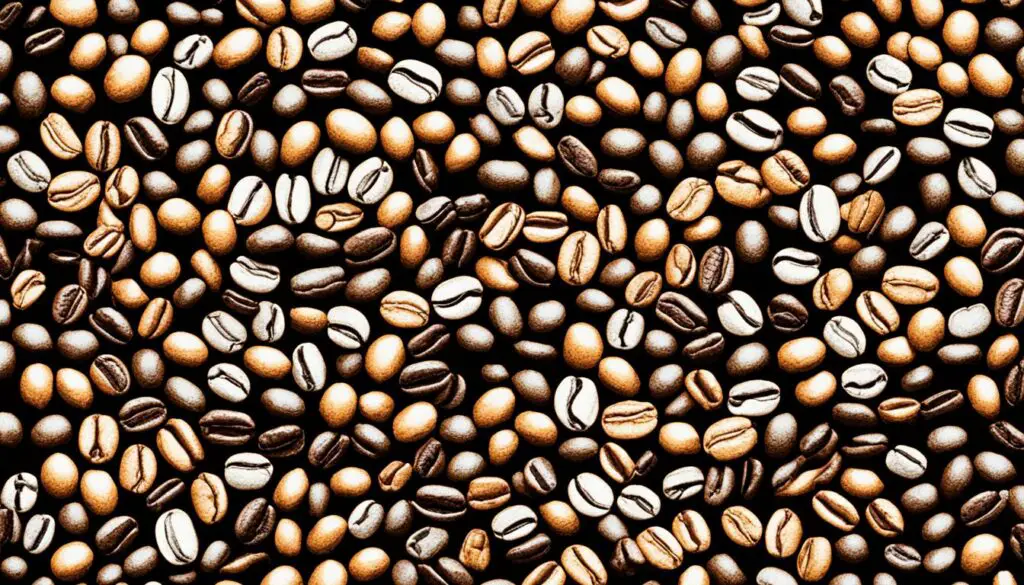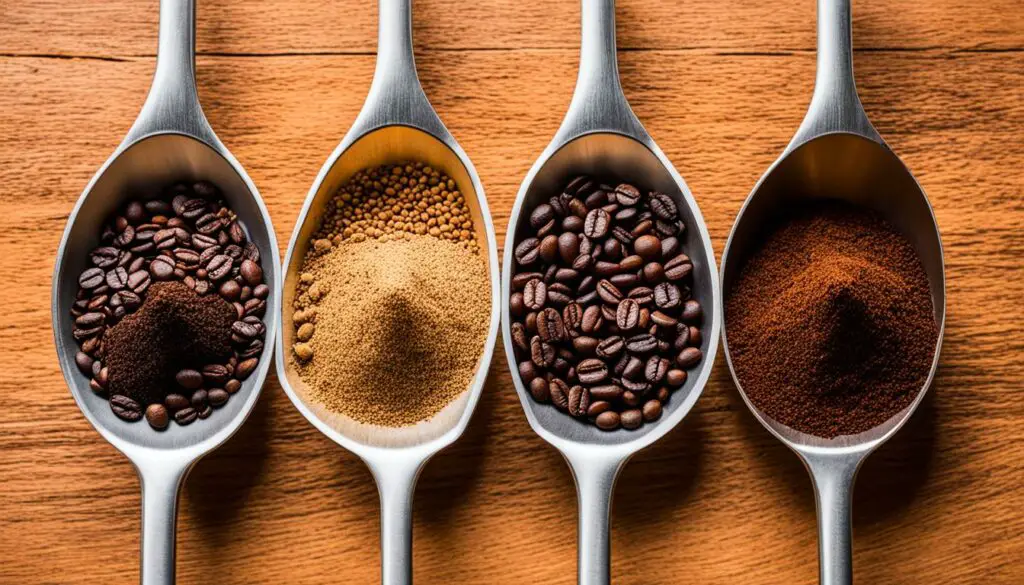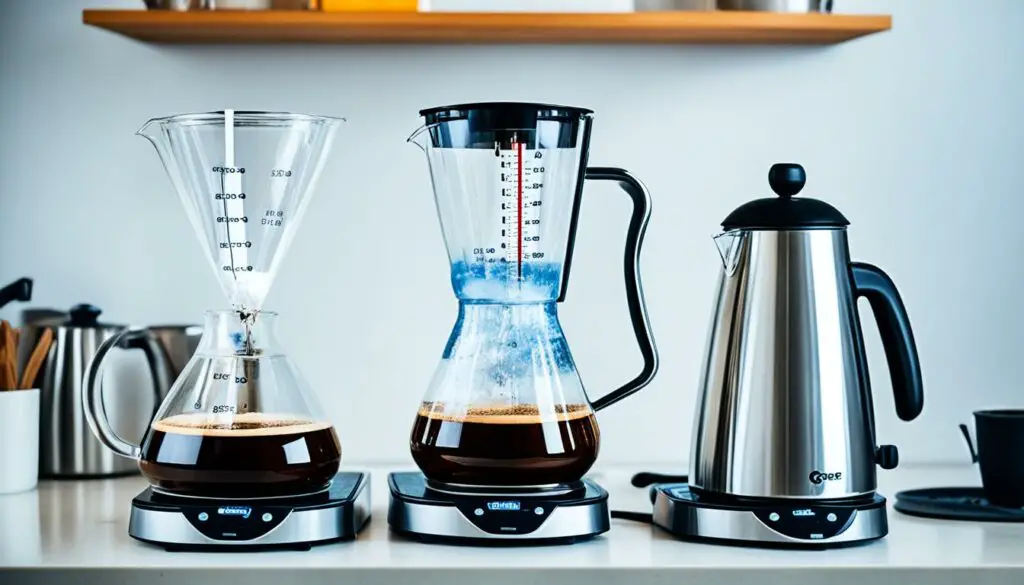Milk frothing is an essential aspect of many coffee styles because frothed milk adds a creamy, smooth texture that not only looks yummy but also enhances the flavor of the coffee.
With the right technique, you can create the perfect cappuccino or latte that has a velvety texture and a rich, delicious flavor. So, in this article, we will explore the different techniques for frothing milk and discuss how each method affects the taste and texture of the milk.
Steam Wand Frothing
Steam wand frothing is the most common technique used in coffee shops. It involves steaming the milk with a steam wand that is attached to an espresso machine. The steam wand shoots steam into the milk, creating a frothy texture. This is often how baristas will make coffee foam.
To froth milk with a steam wand, you need to follow a few simple steps:
- Fill a metal pitcher with cold milk, making sure not to fill it more than halfway.
- Purge the steam wand by releasing some steam into a container until it is clean.
- Place the tip of the steam wand just below the surface of the milk and turn on the steam.
- Keep the steam wand in the same position until the milk reaches the desired temperature.
- Move the steam wand deeper into the milk to create a smooth, creamy texture.
The key to steam wand frothing is to ensure that the milk is not overheated. Overheating the milk can cause the proteins in the milk to break down, resulting in a burnt taste.
The texture of the milk is also essential. If the milk is frothed too much, it will be too dry and have a bubbly texture. If the milk is not frothed enough, it will be too flat and lack the smooth, creamy texture that is essential for a cappuccino or latte.
Manual Frothing
Manual frothing is an alternative technique that does not require an espresso machine. It involves using a handheld frother or a French press to froth the milk.
To froth milk manually, you need to follow these steps:
- Fill a glass with cold milk, making sure not to fill it more than halfway.
- Heat the milk in the microwave for 30-60 seconds until it is warm but not hot.
- Place a handheld frother or a French press in the milk and froth it for 30-60 seconds.
- Once the milk is frothed, tap the glass on the counter to remove any large bubbles.
Manual frothing is a straightforward technique that can be done at home with basic tools. However, it is challenging to achieve the same level of texture and creaminess that can be achieved with a steam wand.
Electric Frothing
Electric frothing is another alternative technique that uses an electric frother to froth the milk. Electric frothers are designed to froth milk quickly and efficiently, making them ideal for home use.
To froth milk with an electric frother, you need to follow these steps:
- Fill the electric frother with cold milk, making sure not to fill it more than halfway.
- Turn on the electric frother and let it run until the milk is frothed.
- Once the milk is frothed, tap the frother on the counter to remove any large bubbles.
Electric frothing is an excellent technique for home use, as it is quick and easy to use. However, it can be challenging to achieve the same level of texture and creaminess that can be achieved with a steam wand.
Latte Art
Latte art is the practice of creating designs in the frothed milk on top of a latte or cappuccino. Latte art is a popular technique used in coffee shops, and it adds an aesthetic element to the coffee.
Latte art is created by pouring the frothed milk in a particular way, creating a pattern or design on top of the coffee. There are many different latte art designs, including hearts, rosettas, and tulips.
To create latte art, you need to follow these steps:
- Froth the milk using one of the techniques mentioned above.
- Pour the frothed milk into the coffee in a steady stream, aiming for the center of the cup.
- As the cup fills, move the pitcher closer to the surface of the coffee.
- When the cup is almost full, create the design by moving the pitcher in a specific pattern.
Latte art takes practice to master, but it can add an extra element of enjoyment to your coffee-drinking experience.
Conclusion
Frothing milk is an essential part of making many coffee styles, and understanding the different techniques for frothing milk can help you create the perfect cappuccino or latte. Steam wand frothing is the most common technique used in coffee shops, and it creates a smooth, creamy texture that is essential for a good latte or cappuccino. Manual frothing and electric frothing are alternative techniques that can be used at home, but they can be challenging to achieve the same level of texture and creaminess that can be achieved with a steam wand. Latte art is the practice of creating designs in the frothed milk on top of a latte or cappuccino, adding an aesthetic element to the coffee. Whatever technique you use, mastering the art of frothing milk can elevate your coffee game and impress your friends and family.












